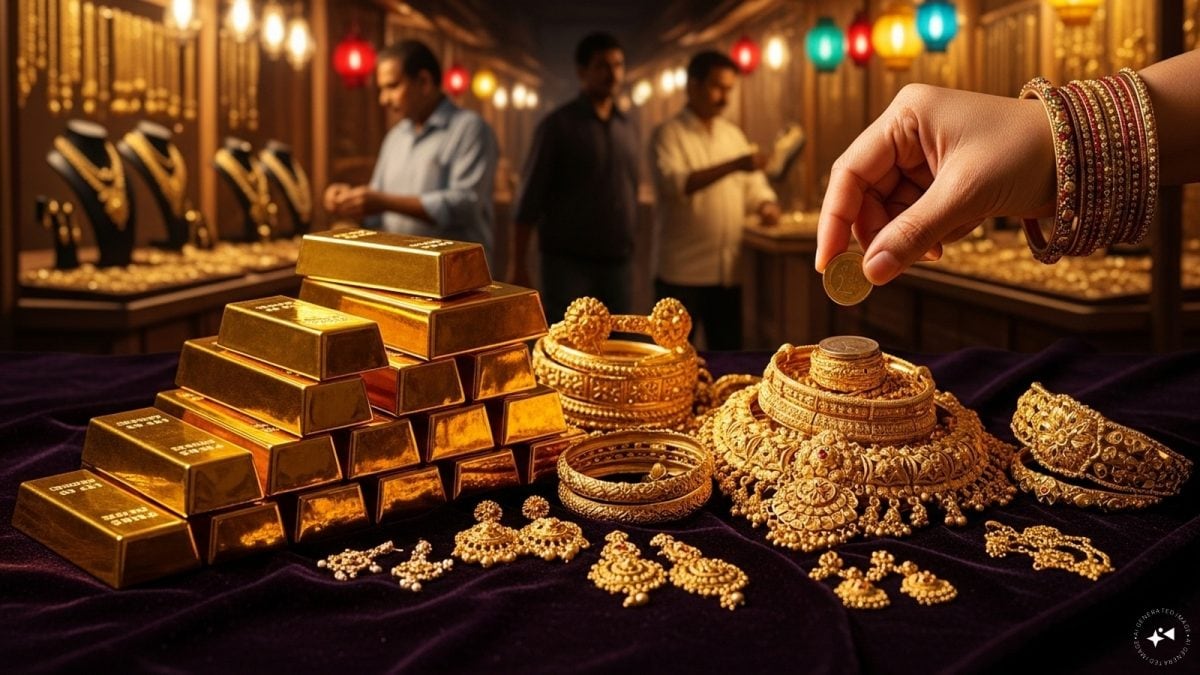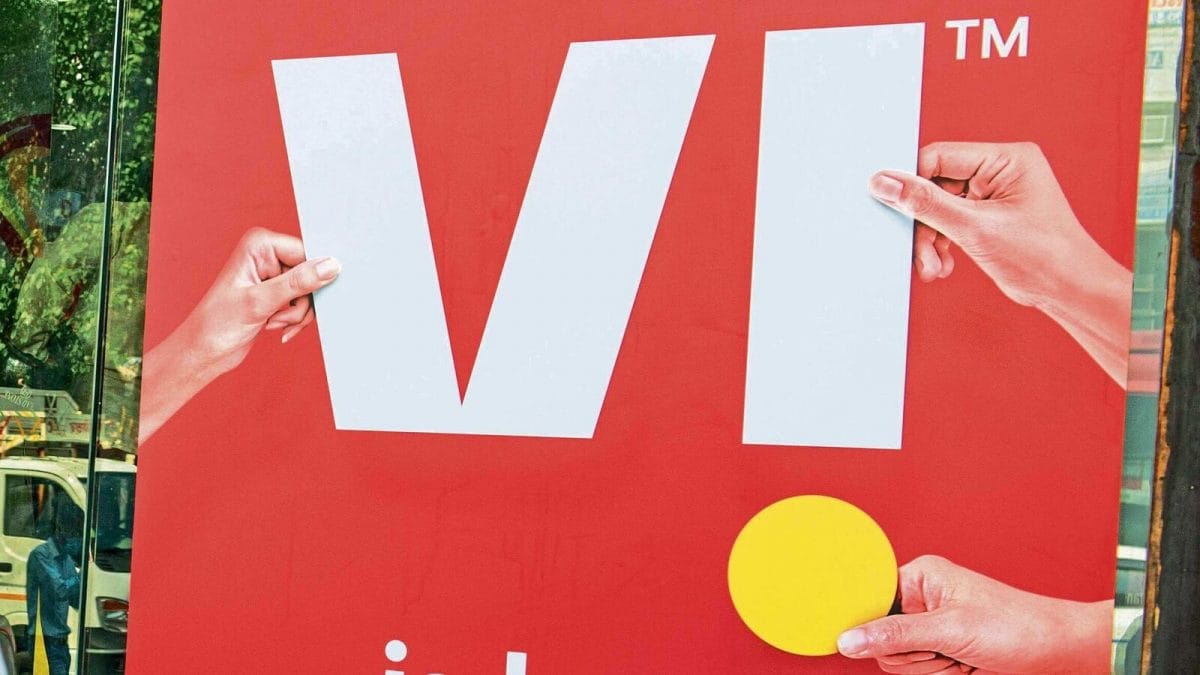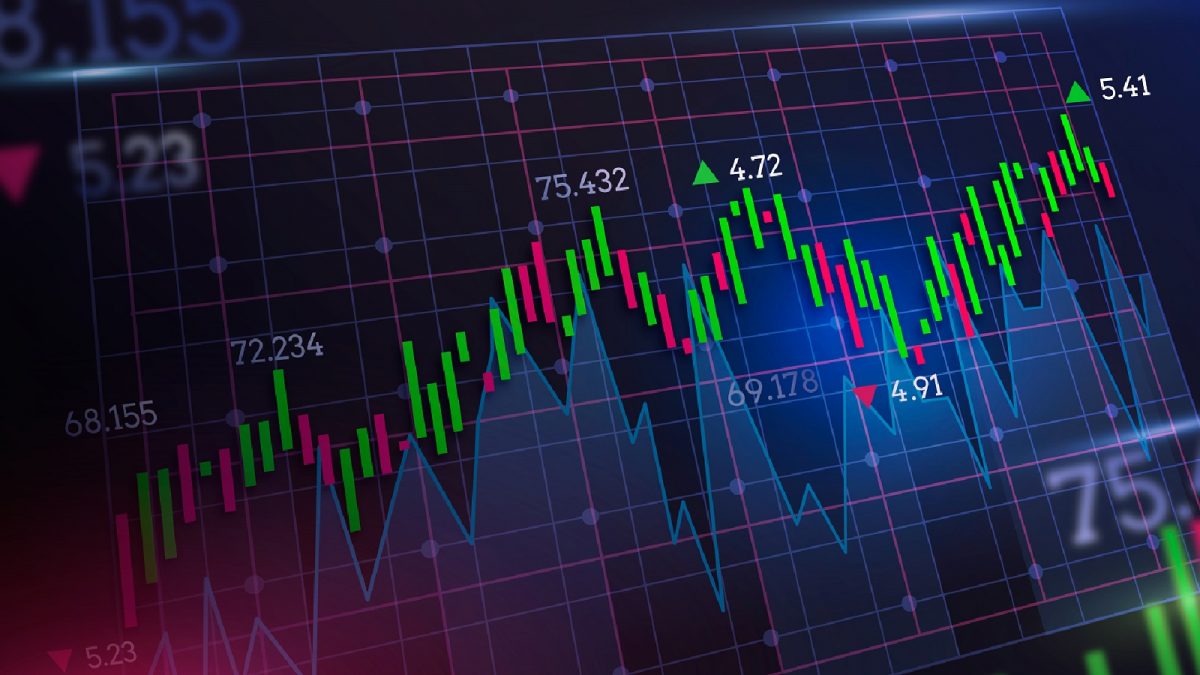Last Updated:
While gold is not expected to crash, temporary dips may offer better entry points, especially if inflation expectations shift or central banks ease policy

Don’t put all your portfolio into gold. Combine ETF with small physical holdings and, venture into complementary assets like silver or curated equity-linked instruments. (AI-generated Image)
Gold has long been a symbol of financial security in India—an emotional hedge against inflation, a festive purchase, and a tangible investment. Globally, it has been a go-to safe asset amid repeated crises. But this year, cracks are starting to show.
While prices remain high, signs of weakening demand and changing investment patterns are raising questions. For Indian buyers, where gold touches culture and economics, the implications are real. Let’s understand.
What’s Global Perspective On Gold?
Performance Review
Despite a volatile global economy, gold has seen substantial gains in 2025. Year-to-date return stands between 25% and 28%, outpacing stocks, bonds, and even speculative assets like Bitcoin. Institutions like UBS forecast it could hit $3,600 per ounce by March 2026 and potentially $3,700 by mid-2026 under favourable conditions.
Central Bank Support Eases
A key pillar behind gold’s strength has been central bank purchases, support that helped drive the price upward. Yet, the pace slowed: purchases dropped from approximately 243 tonnes in Q1 to 166 tonnes in Q2. That’s not a crash, but a clear signal that the steady base might be softening.
Robust ETF Inflows Continue
Backing from exchange-traded funds, however, remains robust. Global inflows surged nearly 45% in value, totalling $132 billion in recent quarters. Indian markets mirrored this enthusiasm: in Gujarat, gold ETF assets under management rose by 27% earlier this year, showing investors are still confident in digital and paper instruments.
Jewellery Demand Slumps
On the flip side, physical demand—jewellery, a cornerstone of traditional buying—has softened, particularly in India and China. High prices, sluggish discretionary spending, and rising cost-of-living concerns are dampening buying sentiment.
What’s Going On In India?
Domestic Prices Near Historic Highs
Gold is trading at nearly Rs 101,000 for 10 grammes, up 30% year-to-date on the MCX. This combination of USD strength and local tax-driven pricing pressures have nudged retail rates into deeply stretched territory.
Demand Down To 5-Year Low
Analysts estimate India’s annual gold demand will fall between 600 and 700 tonnes, down from 803 tonnes in 2024—the lowest level in five years. High gold prices and inflation are pricing out typical retail buyers.
Shift In Buying Habits
With traditional jewellery losing traction, consumers are opting for:
- Lighter ornament styles and lower metal weights
- Gold coins and bars for savings
- Digital alternatives like gold ETFs and digital gold—which offer flexibility, lower storage costs, and easier liquidity
Sovereign Gold Bonds (SGBs) Discontinued
Previously a low-cost, non-physical way to invest, SGBs are now discontinued. Thus, options for non-bullion buyers are largely limited to ETFs and digital platforms.
What Should Indian Buyers Consider?
Match Your Investment Goal to Choice
- Short-term safety or liquidity? Digital gold or ETFs might be better suited.
- Cultural or legacy buying? Stick to jewelry—but look for lightweight, lower-cost designs and hallmarking.
Timing Still Matters
While gold is not expected to crash, temporary dips may offer better entry points, especially if inflation expectations shift or central banks ease policy.
Consider Alternatives
Silver and platinum are offering strong performances and may appeal to budget-conscious or diversification-seeking investors.
Choose Trusted Channels
Only buy from Hallmark-certified jewellers or reliable exchanges. For digital gold, use verified platforms with transparent charges. ETFs should be chosen from fund houses with deep liquidity and low expense ratios.
Spread Risks
Don’t put all your portfolio into gold. Good practice: combine paper gold (ETF) with small physical holdings and, if possible, venture into complementary assets like silver or curated equity-linked instruments.
Why Gold Still Matters, Even If It Is Not The Only Option
Gold may be dimming slightly, but it has not lost its inherent value:
- It remains a core asset in inflation-plagued environments.
- Emerging markets, especially India, still see it as a wealth store and emotional back-up.
- It continues to be a geopolitical hedge during uncertainty.
At today’s prices, gold requires a more precise rationale. Investors who buy for utility (hedge, liquidity, heritage) rather than speculation may find better value in lighter forms or ETFs where available.
Why Consumers Should Make Smarter Choices?
Gold has not lost its sparkle—but its glow is now contextual. It remains valuable, accessible, and symbolic. However, as prices climb and demand evolves, Indian buyers must be strategic:
- Clarify: Are you buying for sentiment or safety?
- Diversify: Back gold with alternatives that fit your budget and risk profile.
- Monitor: Watch price trends and global signals—this volatility creates both risk and opportunity.
- Prioritise: Historical and cultural significance is real, but utility beats nostalgia on the balance sheet.
Ultimately, gold in 2025 remains worthy, but only in a thoughtfully built portfolio. For Indian buyers in particular, a balanced, informed approach will serve both tradition and modern strategy.

Shilpy Bisht, Deputy News Editor at News18, writes and edits national, world and business stories. She started off as a print journalist, and then transitioned to online, in her 12 years of experience. Her prev…Read More
Shilpy Bisht, Deputy News Editor at News18, writes and edits national, world and business stories. She started off as a print journalist, and then transitioned to online, in her 12 years of experience. Her prev… Read More
Scan the QR code to download the News18 app and enjoy a seamless news experience anytime, anywhere








